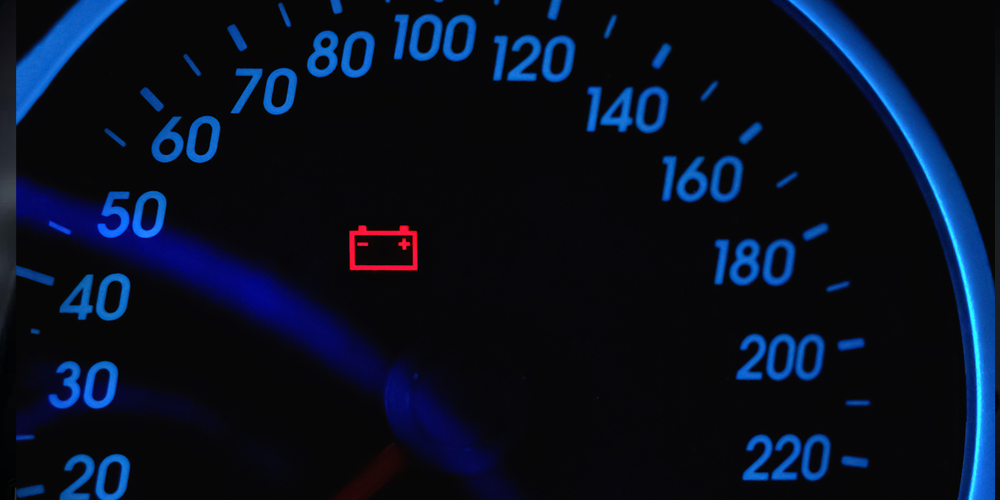You are running late or heading for that important meeting; getting into your car and turning the ignition, your car makes that dreadful “clicking” noise, but you are not giving up on it yet. So you try again and again at bringing the car to life but to no avail.
Having a dead battery is a terrible way of starting a day; worse, getting stranded with such in an unfamiliar place or the middle of NOWHERE can be immensely dangerous.
Unlike your phone and other gadgets, you can’t quite know how much battery you have left in your vehicle until your car begins to malfunction. Usually, a charged battery is supposed to last you through at least three to four years; however, several factors can drain your battery before the expected end of its service life.
Thankfully, before they fail, batteries usually give out a few warning signs to get a replacement battery as soon as you can. These signs are not limited to just the electrical system but can cause various drivability problems. In this post, we’ll cover the most common telltale signs your battery shows when it’s failing so you can act fast or wait until you “get caught out in the cold.”
- Dim Headlight
Your car battery is a vital source of power for every component of your car. It powers your vehicle’s electrical parts and accessories, from your car’s computer, ignition system, lights, radio, and more; thus, when it fails to generate power because of its weak/dead state, these accessories won’t be able to draw enough energy to function anymore. Take, for instance, your car headlight; if you notice that such lights are going dim or even flickering more frequently than usual, it’s a sign that your battery may be suffering from lack of power.
- Hard Start
Similar to your engines, your battery is the lifeblood of your vehicle. A battery is integral in powering all of the electrical components in your ride; it is also needed for starting your engine. We often assume that starting a car is as easy as only turning a key or pressing a button, but it goes way beyond that – it involves your battery doing all the heavy lifting. When you turn on the key, the ignition sends a signal to the battery that kicks off a chemical reaction under the hood of your car. Such response turns into electrical energy that gets the engine cranking and the starter motor running. Without a fully-functioning battery, you’ll be heading nowhere with no lights and nothing playing on the radio. So on a good day, your car usually starts as you turn on the car key in the ignition. However, if the battery is failing, it wouldn’t be able to completely energize the start, which will fail to start the engine. In such cases, a heavy and challenging clicking noise would be heard, confirming the difficulty in charging up.
Note: in such scenarios, most people often jumpstart their cars to bring a dead battery back to life, but only for a short term. It is a tip you can apply when you’re stuck somewhere with a dead battery, but it isn’t a long-term fix and shouldn’t be relied upon for too long!
The battery indicator is lit on your dashboard.
The battery indicator light can mean almost anything, including a signal of your battery’s poor health. You can also visit your car’s manual for insight into your car’s warning light.
More Issues behind the hood:
- Your battery connectors are corroded
When your battery fails, there’s every likelihood it will be visible. One such sign is the ashy substance on the battery metals, which is a sure sign of corrosion.
- A rotten smell
The smell in the car could mean a wide range of issues, one of which is a dead battery; as soon as you pop the hood of your car, the smell of rotten eggs is more likely to ooze out.
- Swollen case
If your battery isn’t rectangular, there’s a problem. When your battery case swells and cracks, chances are high that it isn’t working correctly.
Ideally, when you see these signs, it is recommended that the best time to replace such a battery is at that period before it finally packs up. Why not stop by the nearest QuickLane NG to get a new battery or have your battery tested to see if it’s working at total capacity.
